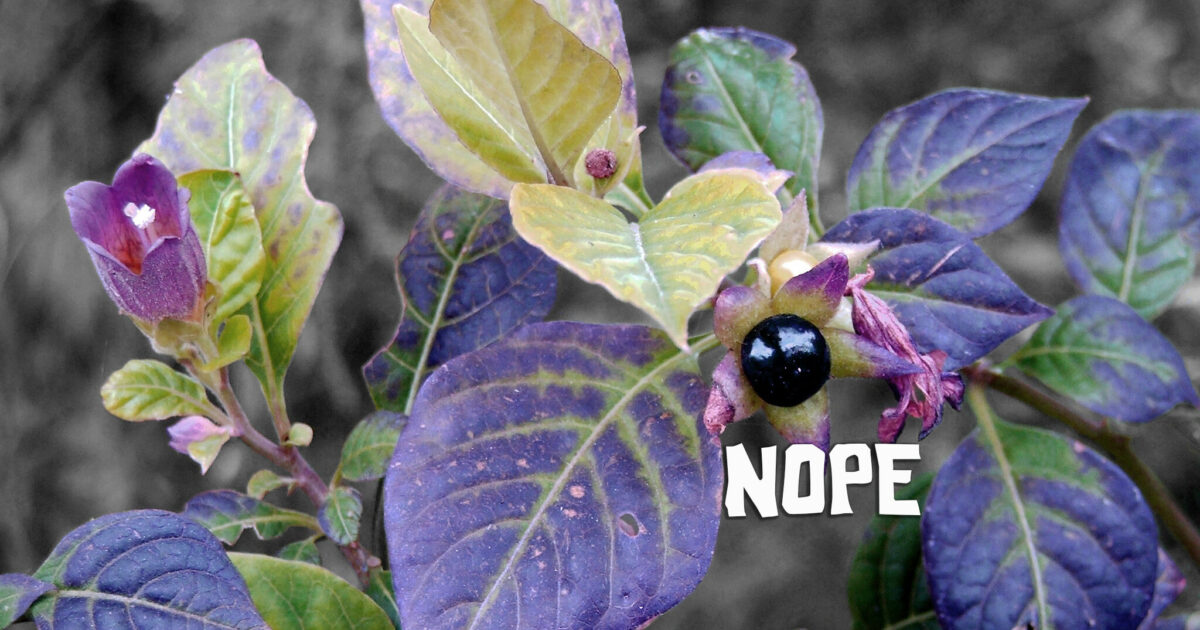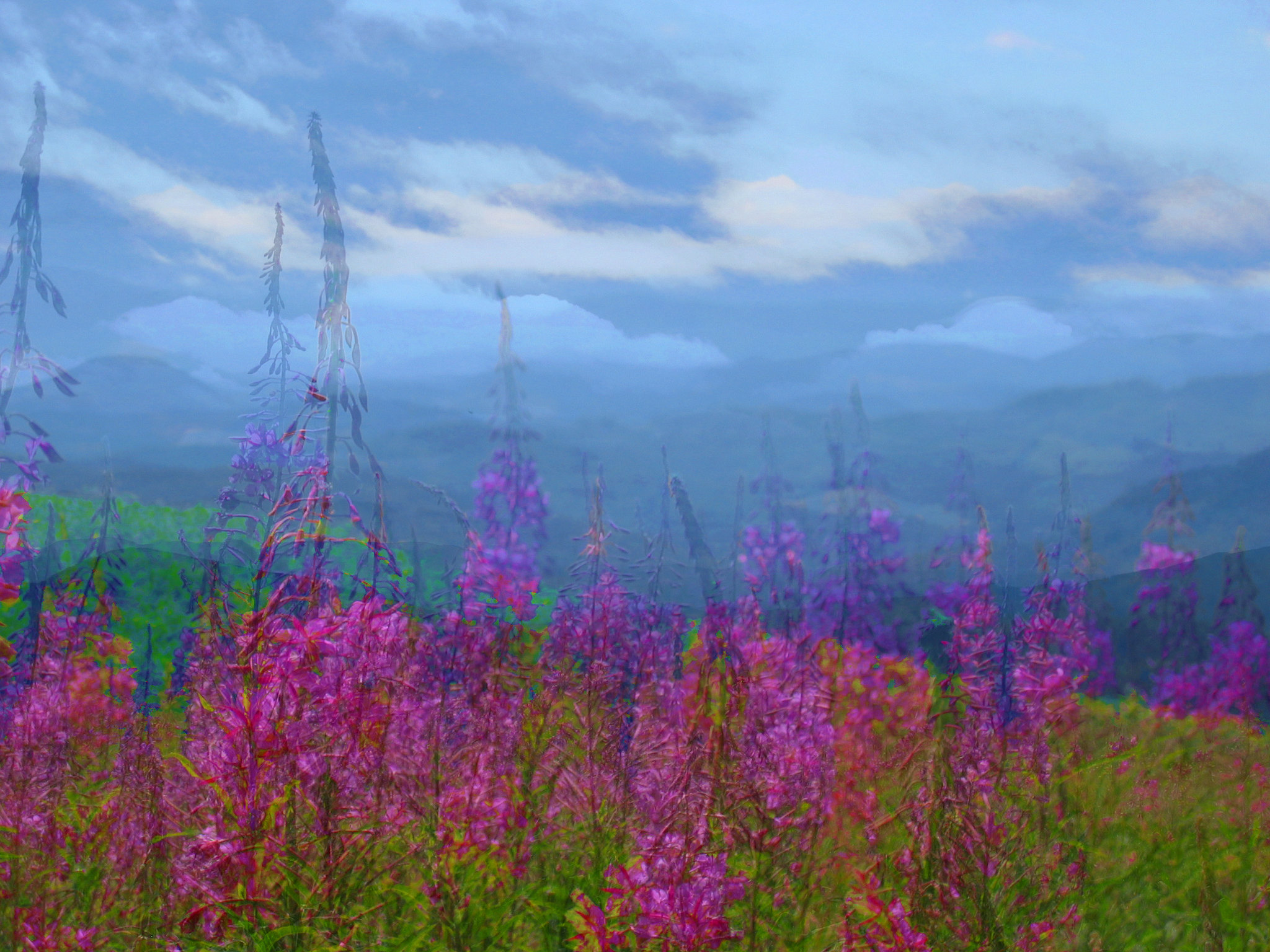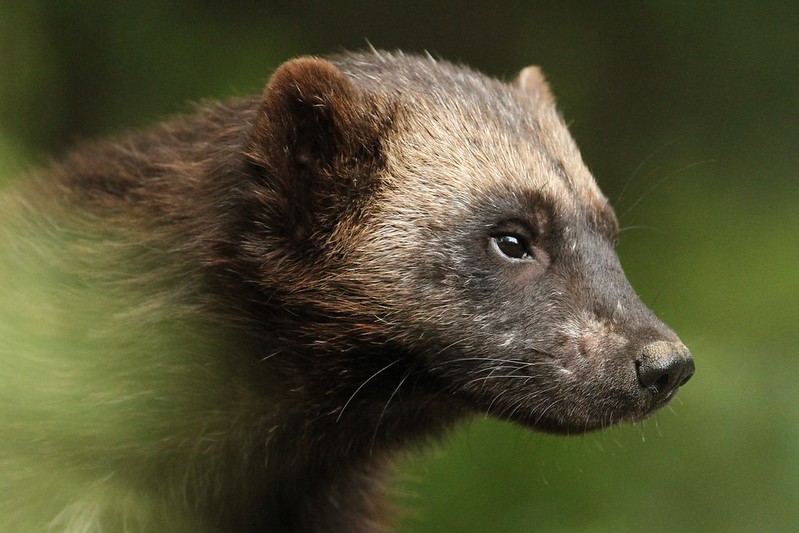Ever wondered about all the dangerous, venomous, poisonous, and toxic stuff Oregon has to offer? We have too. Therefore, That Oregon Life has compiled a list of MOST of those things in one handy article with some caveats, of course. Not all of the flora, fauna, and creepy crawlies on this list can actually cause death, but they can certainly lead to extreme physical and/or mental discomfort.
It should go without saying that awareness of your surroundings is key. Don't be an example of Darwinism, folks. Stay safe, happy, and try to avoid:
Things in Oregon That Can Kill You

Reptiles
Oregon is home to 15 indigenous snake species, only one of which is venomous.
- The Western Rattlesnake (Crotalus viridis) and two subspecies, the Northern
Pacific Rattlesnake (C. v. oreganus), which occurs in southwestern Oregon,
the mid- to southern Willamette Valley and the Columbia Plateau and the
Great Basin Rattlesnake (C. v. lutosus), which occurs in south-central and
southeastern Oregon. Rattlesnake bites can produce extreme pain and swelling at the location of the bite, excessive bleeding, nausea, and swelling in the mouth and throat. While human deaths from rattlesnake bites are rare, a doctor should be consulted immediately as a bite can be lethal.
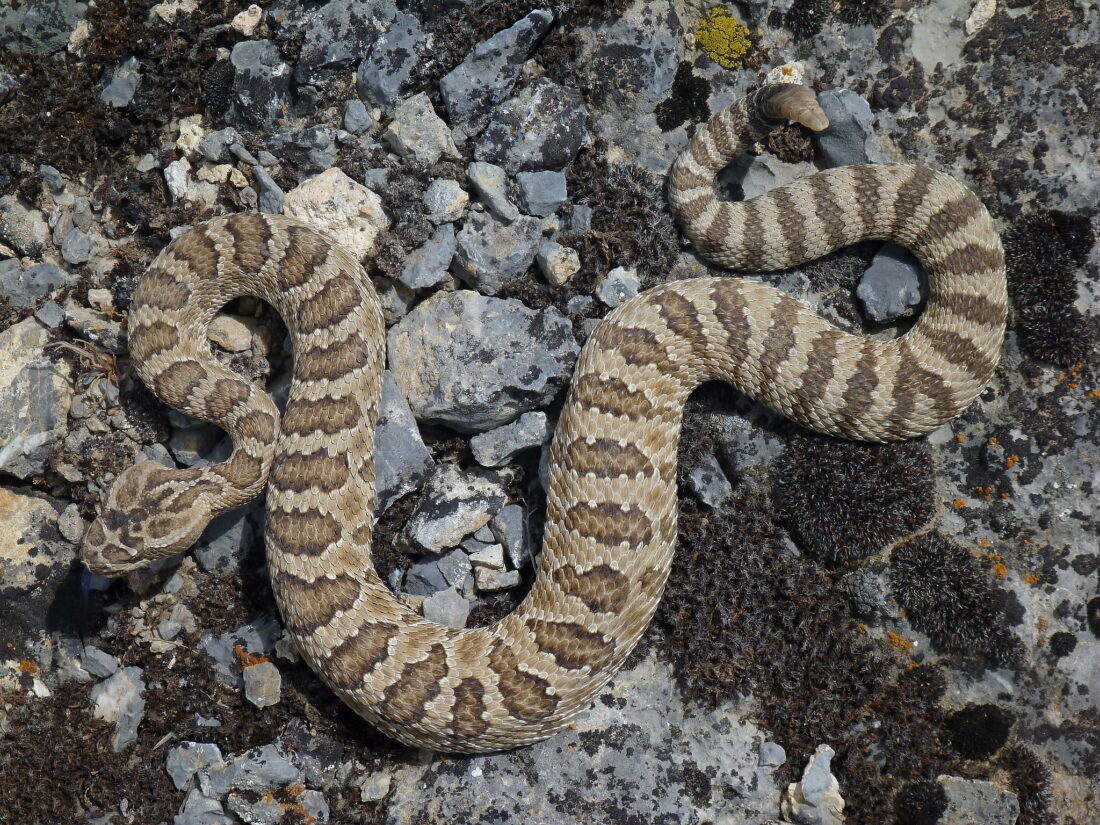
Amphibians
While there are no truly poisonous amphibian species in the state of Oregon, there are warnings associated with handling most of them.
- The Rough-Skinned Newt (Taricha granulosa) is an adorable little critter with a powerful neurotoxin in its skin (a milky white substance secreted from specialized glands) that protects them from predators. The chemical is 10,000 times more deadly than cyanide, but it can't actually kill you unless you decide to eat the newt. (Please don't do this. They're not tasty, and that would just be stupid.)
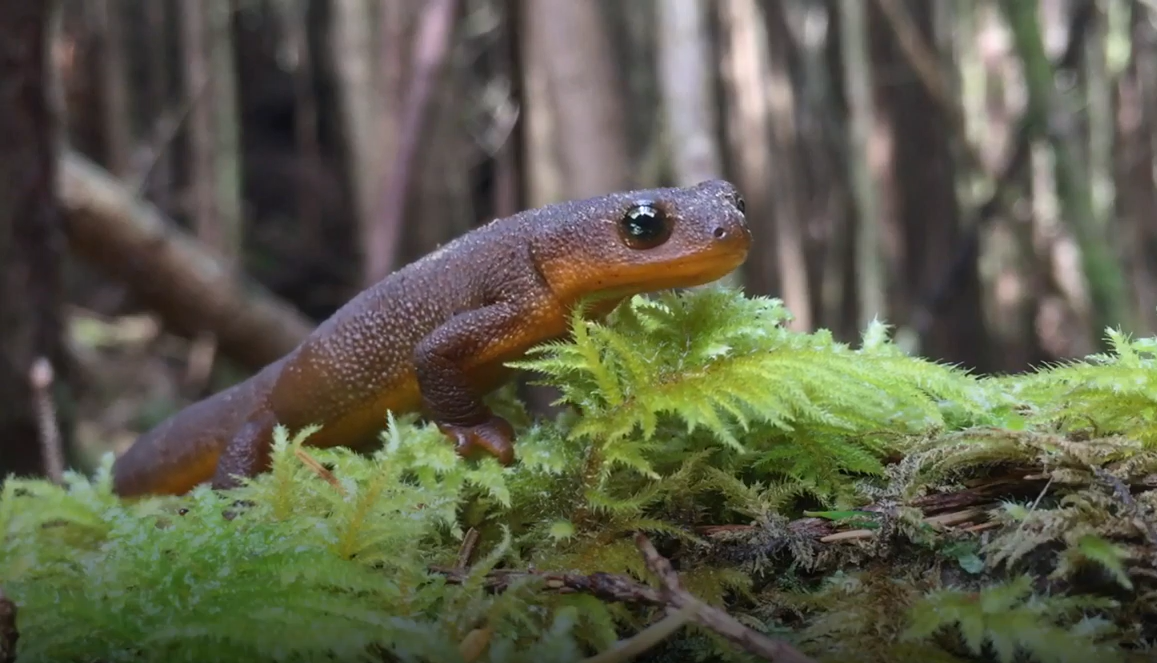
- Even healthy frogs, salamanders, other amphibians, and also reptiles can carry Salmonella bacteria in their digestive tracts and droppings. Handling any of these creatures and not washing your hands afterward can spread Salmonella to humans (don't ask me how I know), resulting in severe gastric distress for a few days. You don't want this, trust us.
Just Avoid Wild Animals in General
While some large animals, such as bears, wolves, cougars, and elk, can be dangerous if they feel threatened or if they are approached too closely, fatal attacks by these animals on humans are extremely rare. In other words, yes, they CAN kill you but it's unlikely.
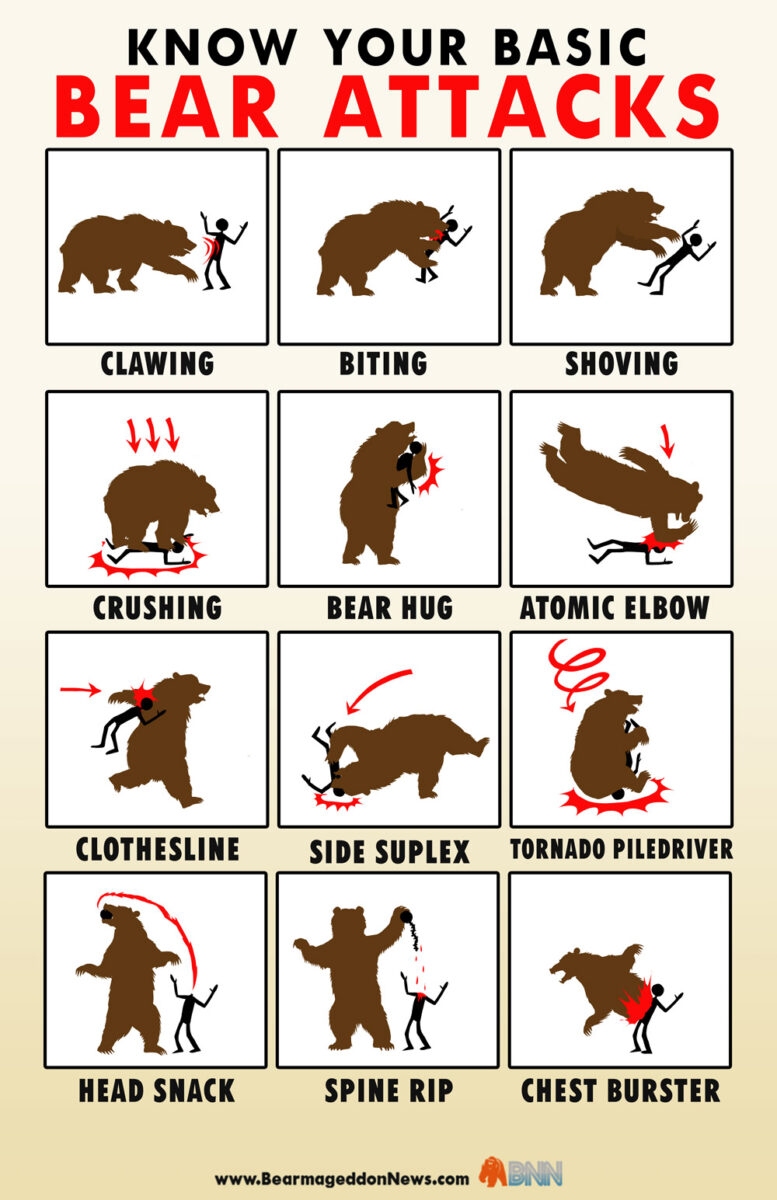
More likely to cause harm are the tiny, unseen critters inhabiting and hitching a ride on large (and small, for that matter), warm-blooded creatures.
- Ticks: About 20 species of hard ticks are found in Oregon, but only four are known to prey on humans: the Rocky Mountain Wood Tick, American Dog Tick, Pacific Coast Tick, and Western Black-legged Tick. The latter is highlighted because it's the only tick species in the state known to carry Lyme disease, Human granulocytic ehrlichiosis (HGE), and Babesiosis, a protozoa-caused illness.
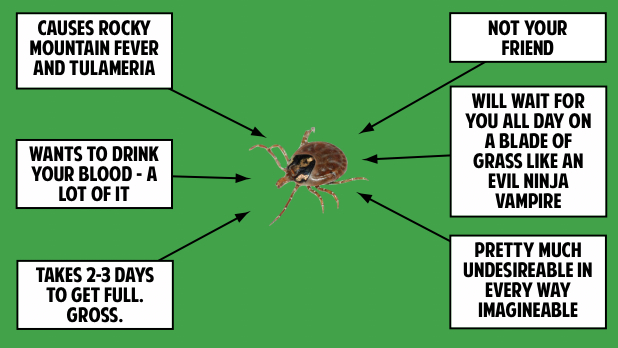
- Fleas: These nasty bloodsuckers can't kill on their own, but like ticks are carriers of other horrific things like the pathogens that cause Bubonic and Pneumonic Plague, Typhus, and Cat-scratch Disease (CSD). Fleas can also spread parasitic tapeworms (Author's Note: I'm cringing as I write this).
- Mosquitos: Some of the most well-known pathogens spread by mosquitoes include the West Nile Virus, Malaria, and the Zika Virus.
- Rabies: Rabies is a viral disease that affects the nervous system of mammals, including humans. It is primarily spread through the saliva of an infected animal, typically through a bite or scratch. Rabies can also be spread when saliva comes into contact with an open wound, or mucous membranes such as the eyes, nose, or mouth. If you've seen the movie Old Yeller at some point in your life then you've already been sufficiently traumatized. We won't go into the specifics of the disease because frankly, it's terrifying. Suffice it to say, please make sure your pets' rabies vaccinations are up to date. If you've been bitten by an animal, domestic or wild, seek medical attention.

Arachnids and Invertebrates
Ahhh, and now we've arrived at the creepy-crawlies. This section contains arguably some of the most feared critters out there, and while we will always make a case for the benefits of spiders (and why they should never be squished), they can still be shudder-inducing.
- Chiggers (Trombiculidae) are a type of microscopic mite that hang out on the edges of tall meadows or forested areas, waiting for you to pass by. Like ticks, they latch onto your skin, but instead of feeding on blood they just digest your skin cells for a few days. The hole they bore into your skin causes an intensely itchy red lesion that can quickly become infected if scratched.
- Black Widow Spiders (Latrodectus hesperus) are shy. They don't like people and prefer to be in the dark depths of your garage or crawlspace, therefore they're unlikely to bite unless provoked. Their venom damages the nervous system, leading to symptoms such as abdominal muscle cramps, nausea, profuse perspiration, tremors, fever, labored breathing, and restlessness. 1/100 folks die of black widow bites each year.
- (Contrary to popular belief, Brown Recluse Spiders are not found in Oregon, and Hobo Spiders are actually harmless.)
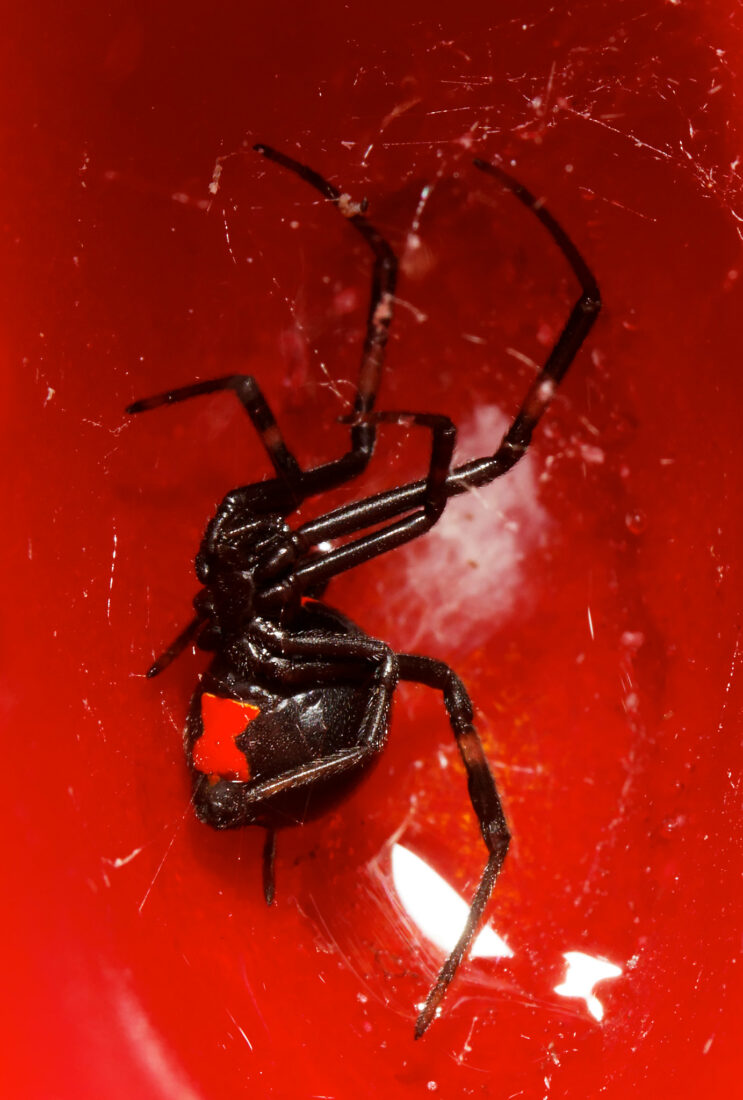
Fungi You Don't Want to Ingest
While we're all for foraging delicious mushrooms in Oregon's vast forests (heck, here's an entire article on it), it's not an activity that should be taken lightly. Many edible species of fungus have toxic twins, and it can be extremely hard to distinguish what's okay to eat and what might make you hallucinate pink elephants...or kill you.
- Amanita phalloides (Death Cap): This mushroom is highly toxic and can cause severe liver and kidney damage if consumed. It closely resembles several edible mushrooms, including Agaricus species, so it's important to be able to identify it properly if you are planning to forage for mushrooms.
- Amanita muscaria (Fly Agaric): This is the mushroom that many folks associate with Mario games and Alice in Wonderland. However, it contains psychoactive compounds and can cause hallucinations if eaten. It's also highly toxic if consumed in large amounts, so best to stay away.
- Amanita verna (Destroying Angel): Closely related to the Death Cap, it contains a fatal dose of the peptide alpha-amanitin. Violent vomiting and diarrhea quickly ensue, followed by swift kidney and liver failure if untreated.
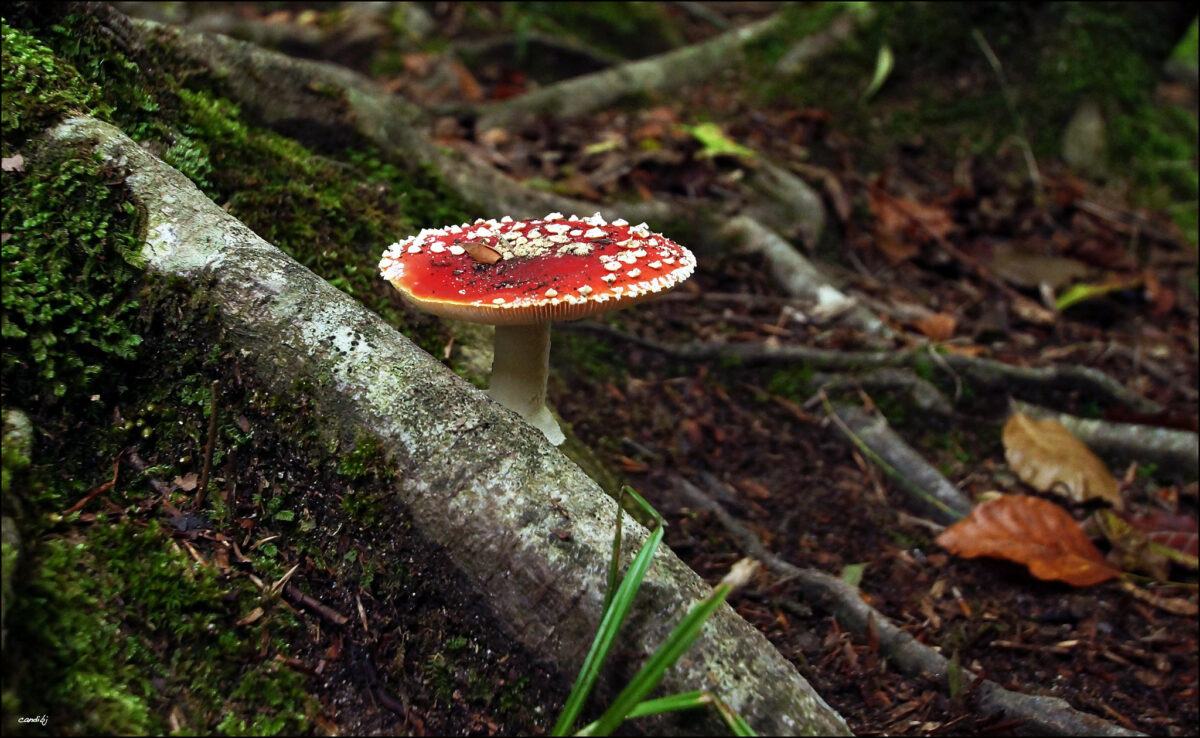
- Galerina marginata (Deadly Galerina): This mushroom is highly toxic and can cause severe liver and kidney damage if consumed.
- Clitocybe dealbata (Snowy Clitocybe): This mushroom can cause severe stomach upset, and in some cases, liver damage if consumed.
- Omphalotus olearius (Jack-O-Lantern Mushroom): These look very much like edible Chanterelles, but contain the toxin muscarine. If ingested they can cause profuse sweating, gastrointestinal distress, and upset stomach, including intense vomiting and diarrhea.

-
Gyromitra esculenta (False Morel) These mushrooms contain the toxin gyromitrin, which can cause severe illness. Onset of illness is usually six to 48 hours after consuming false morels, according to the poison control center. Symptoms include nausea, vomiting, abdominal pain, diarrhea, dizziness, headache, muscle cramps, bloating, and fatigue.
Plants That You Shouldn't Touch
...Or ingest, for that matter. Although, Nettles are safe to harvest and cook and are actually quite good for you. Just do yourself a favor and wear thick gloves.
- Poison Ivy (Toxicodendron radicans): This plant is found in wooded areas and can cause an itchy and painful rash when the oils from the leaves come in contact with the skin.
- Poison Oak (Toxicodendron diversilobum): Just as annoying as its ivy-like cousin, poison oak is the bane of exploring Oregon forests and meadows. When your mom told you, "Leaves of Three, Let it Be" she meant it.
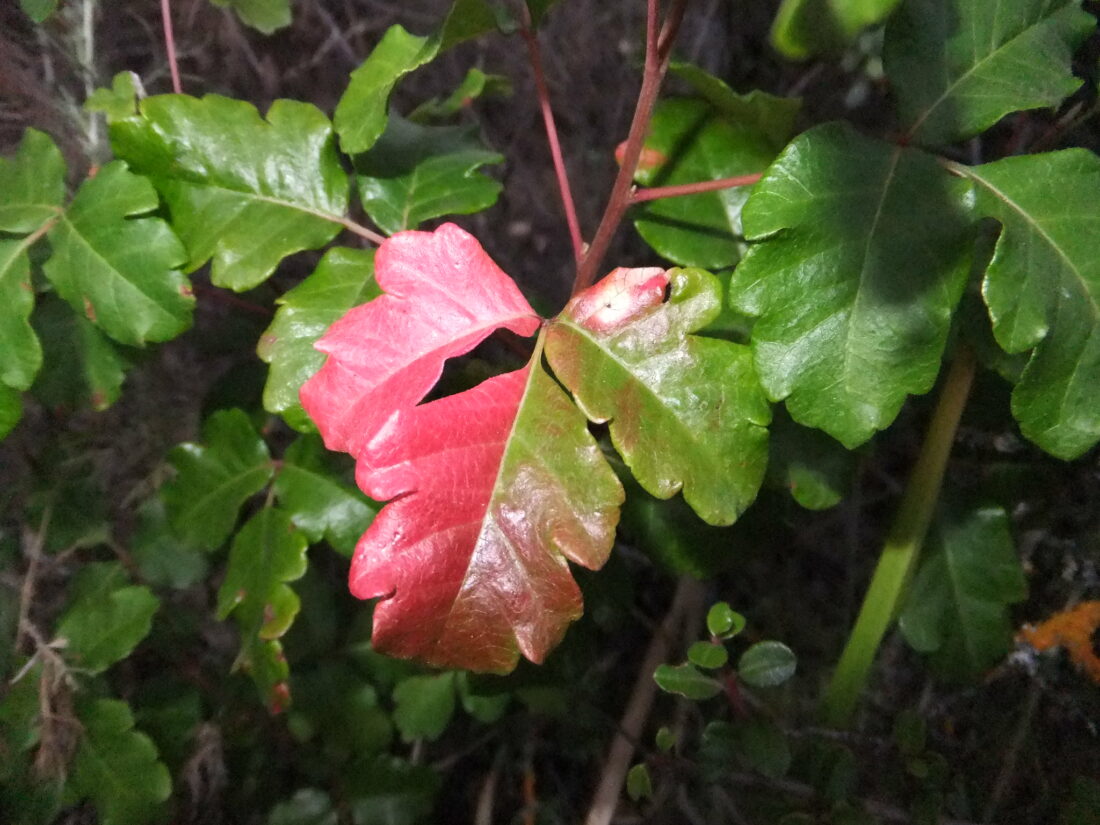
- Poison Sumac (Toxicodendron vernix): This plant is found in wetland areas and can cause an itchy and painful rash when the oils from the leaves come in contact with the skin.
- Stinging Nettle (Urtica dioica): If you've ever encountered this plant you likely still remember the experience. Nettles have many hollow stinging hairs called trichomes on the leaves and stems, which act like miniature hypodermic needles, injecting histamine and other chemicals that produce a stinging sensation upon contact.
- Bull Nettle (Cnidoscolus texanus): This plant is found in southern Oregon and has stinging hair on the leaves and stem.
- Giant Hogweed (Heracleum mantegazzianum): This plant is not native to Oregon, but it has been found in a few locations in the state as an invasive species. Giant hogweed looks for all the wold like overgrown Queen Anne's Lace. Its sap can cause severe skin irritation, painful blistering, and in some cases, blindness if it comes into contact with the skin near the eyes.
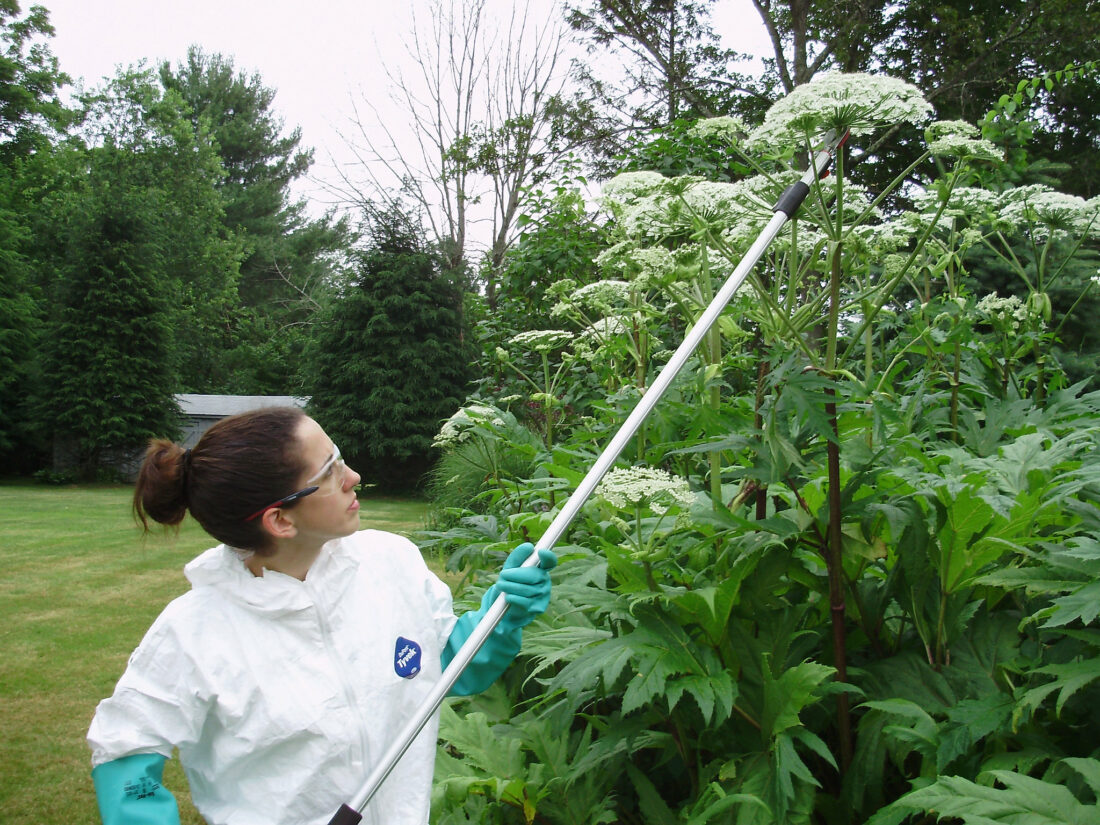
Spores. Yuck.
This isn't exactly The Last of Us. No, you're not going to morph into a flesh-eating zombie, but inhaling these mycotoxins may be severely damaging to your health.
- Toxic Black Mold (Stachybotrys chartarum) is a slow-growing fungus that doesn't play well with other molds. In fact, it's super rare to find it growing naturally and only becomes out of control in human habitation (i.e., large amounts of cellulose, frequent temperature fluctuations, low nitrogen, no other molds, no sunlight, and ample constant humidity). The spores are only released into the ambient air when the mold is disturbed somehow, particularly when wet. Risks for people with allergies, asthma, and other hypersensitivities include upper-respiratory issues and coughing, although others insist it has links to pneumonia and neurological problems.

Don't Eat These Plants
- Western Water Hemlock (Cicuta douglasii): This plant is found in wetland areas, and all parts of the plant are highly toxic. When flowering, it looks very similar to Hogweed and the (somewhat) innocuous Queen Anne's Lace, but this Hemlock species is actually the deadliest plant in North America. It will cause seizures, convulsions, and eventual death if ingested.
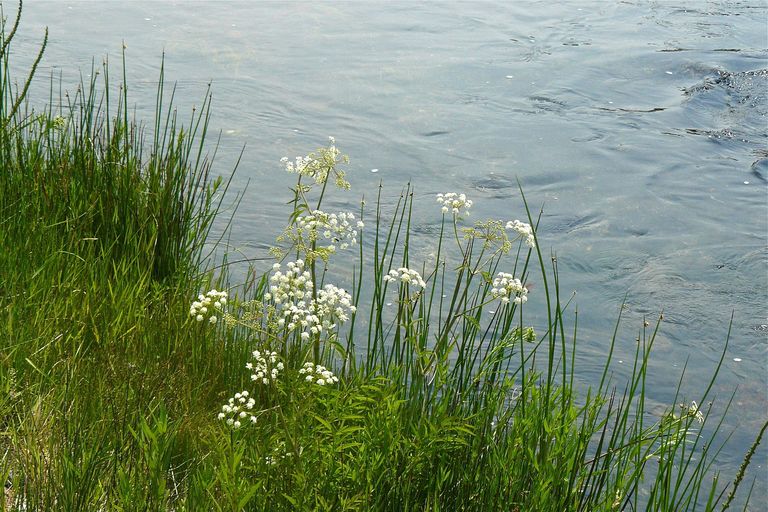
- Foxglove (Digitalis) You've probably seen this beautiful wildflower growing in the woods and along roadsides in the Willamette Valley. For centuries the plant has been used to heal wounds and produce heart medications, but when consumed in high doses can cause arrhythmia, severe headache, gastrointestinal disturbances, hallucinations, seizures, and death.
- Thornapple, Jimsonweed (Datura) is another flowering plant that can be found growing in Oregon. While the long, white, trumpet-like flowers are beautiful to look at, all parts of the plant are toxic. Ingestion causes wild hallucinations, respiratory depression, cardiac arrhythmia, fever, delirium, anticholinergic syndrome, psychosis, and death.
- Oleander (Nerium oleander) is a shrublike tree that's usually grown ornamentally for its deep green foliage and pretty flowers. All parts of the plant are poisonous if eaten, but especially the leaves, stems, and branches. Burning the wood can release toxic fumes, and handling the plant causes allergic reactions and skin irritation.
These final two you'll definitely recognize if you're a Breaking Bad fan like we are.
- Castor Bean (Ricinus communis) isn't native to Oregon, but was grown as a cultivated crop in the Northwest, and has ended up accidentally spreading in our mild climate. Compounds in this plant are one of the most toxic substances known to man. Ricin poisoning causes death within three days, and there is no antidote.
- American Lily of the Valley (Convallaria majalis var. montana) All parts of this flowering plant are poisonous if eaten, and basically wreak havoc on almost every system in your body.

Berries That Are a Big NOPE
There are MANY berries in Oregon that shouldn't be eaten (and vice-versa, lots that are delicious). The ones described here are only a tiny fraction of what's out there, so if you're going hiking and spot some delicious-looking fruit in the woods, be sure to do your research first.
- Holly (Ilex aquifolium) isn't indigenous to Oregon but is commonly grown in parts of the state. While this plant makes for a beautiful holiday decoration, swallowing the pretty, red berries of the Holly Tree can cause vomiting, diarrhea, dehydration, and drowsiness.
- Deadly Nightshade (Atropa belladonna) The nightshade family is huge, and actually encompasses tomatoes, potatoes, and eggplant, but this particular variety is highly toxic (as if the name didn't already clue you in). The foliage and berries contain tropane alkaloids which cause delirium, hallucinations, dilated pupils, blurred vision, confusion, tachycardia, staggering, convulsions, and you guessed it: death.
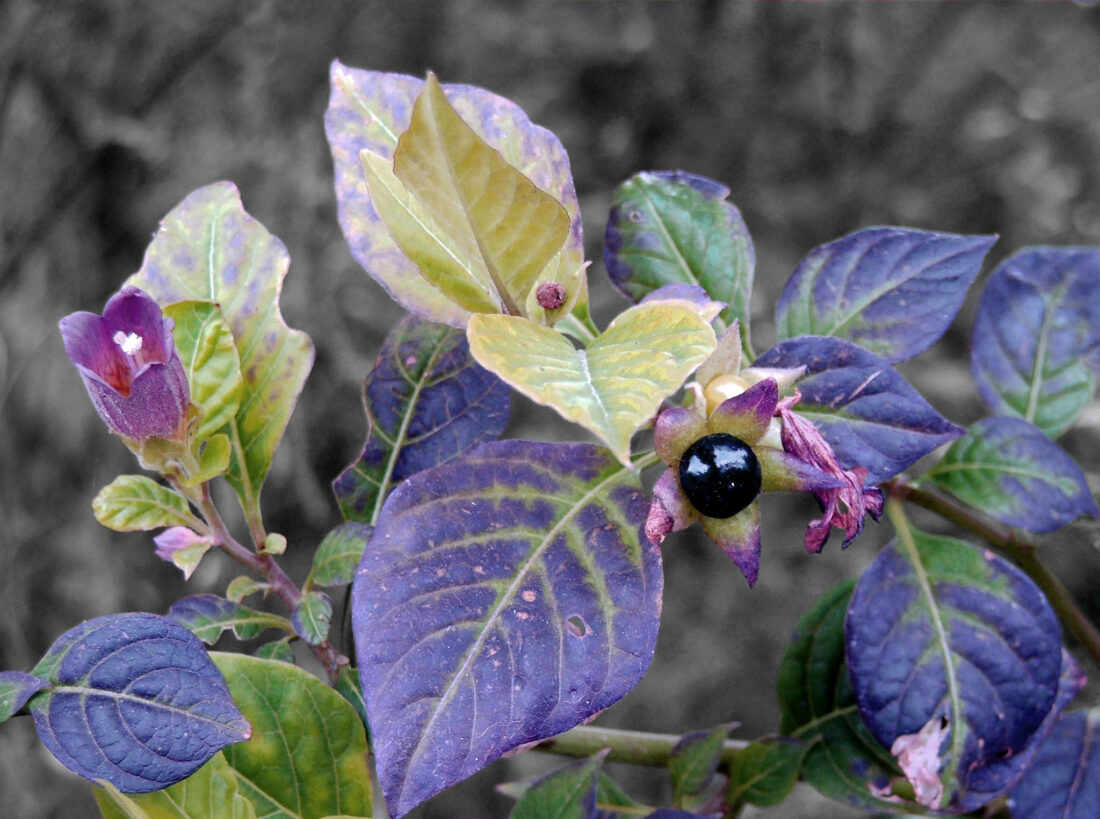
- Red Baneberry (Actaea rubra) A healthy adult will experience poisoning from as few as six berries. Ingestion of the berries causes nausea, dizziness, increased pulse, severe gastrointestinal discomfort, and cardiac arrest.
- Pokeweed (Phytolacca americana) The attractive dark berries of the pokeweed plant cause violent vomiting, convulsions, respiratory paralysis, and death if ingested.
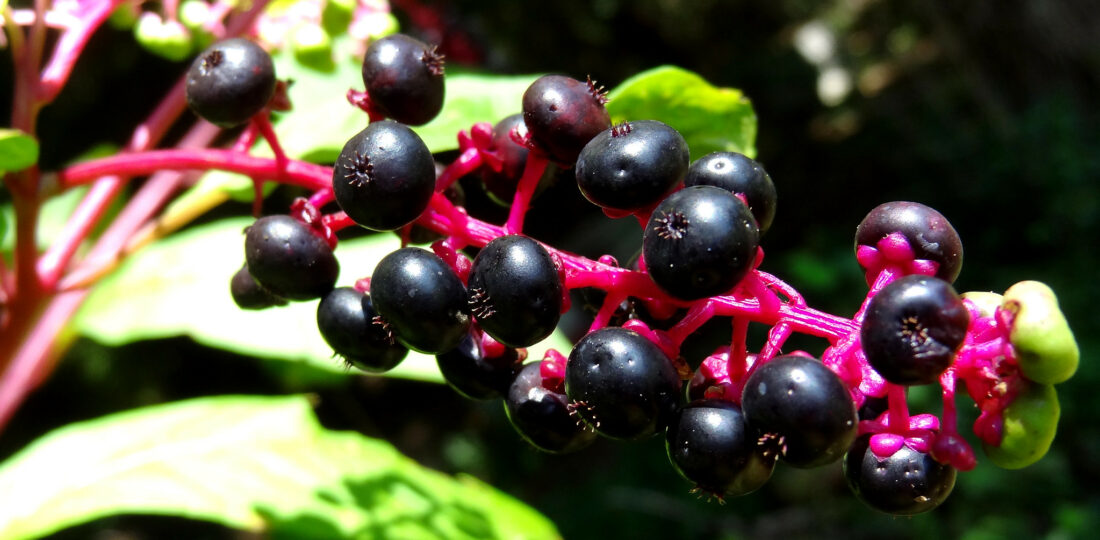
- Snowberry (Symphoricarpos alba) Commonly seen in Pacific Northwest forests, these pure white berries have been used for millennia by indigenous tribes for medicinal purposes. It probably won't kill you to accidentally eat a few, but in large quantities can cause vomiting, diarrhea, and abdominal cramping.

